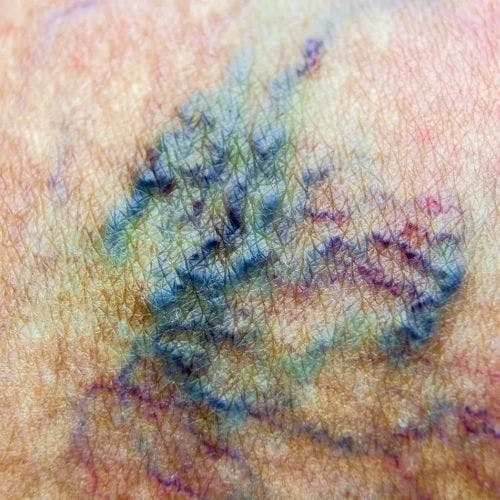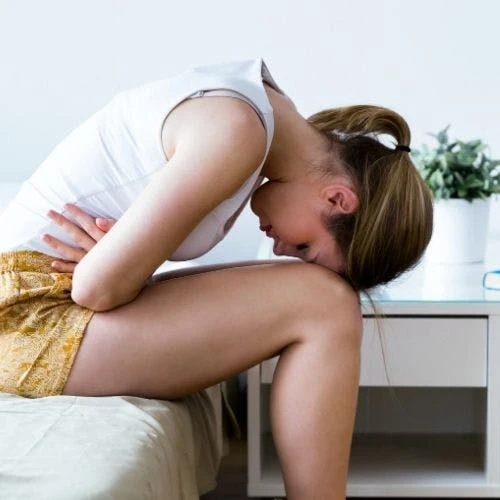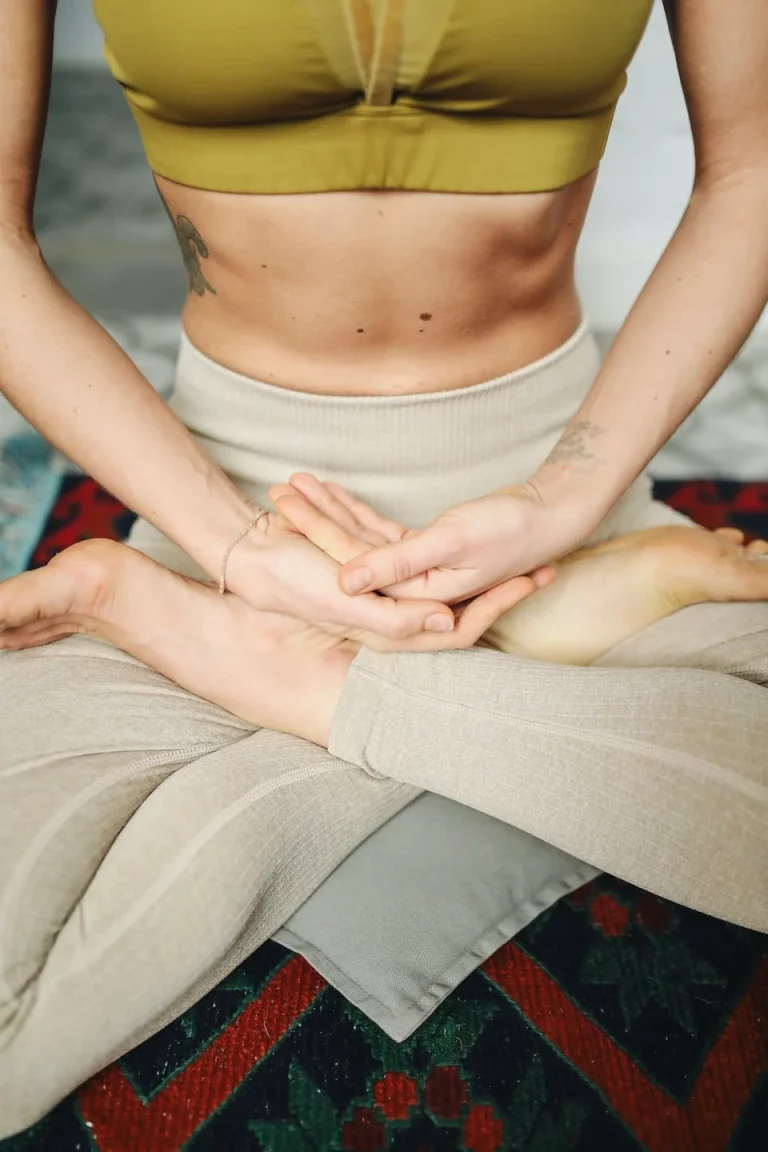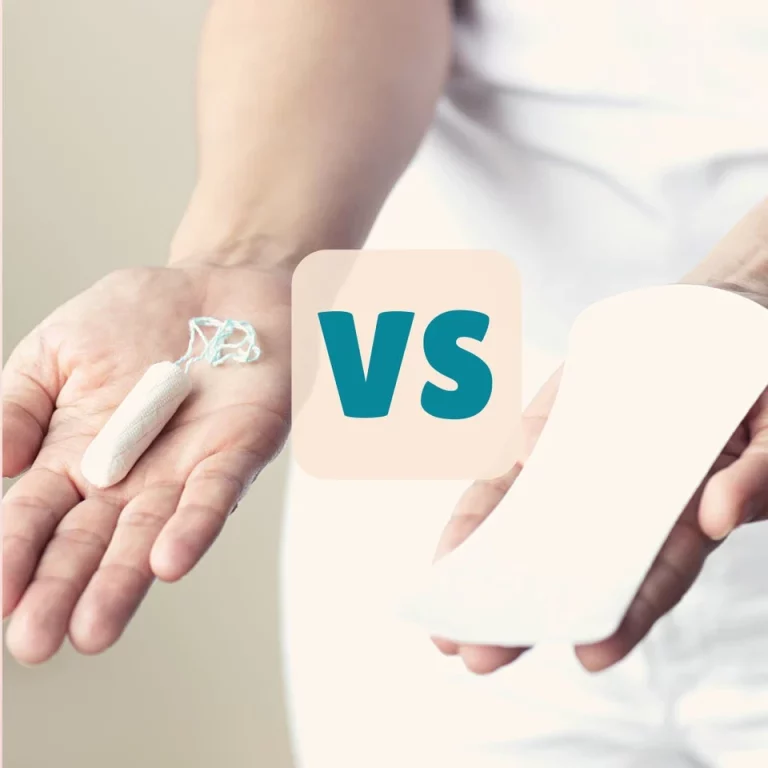About Vulvar Varicosities: The Important Things to Know
Varicose veins appear when parts of your veins become dilated, enlarged, twisty, and/or overfilled with pooling blood. Because of this, you may feel pain, pressure, or discomfort in affected areas. Vulvar varicosities are varicose veins developed in the vulva, which is the external genital area in women.
Many women would experience vulvar varicosities while pregnant, due to changes in their blood flow and the increased hormone levels causing veins in the vulva to grow. Fortunately, vulvar varicosities would disappear after childbirth, usually without treatment. If not, or you experience these symptoms outside pregnancy, there are treatments you can do to minimize the symptoms.
Continue reading and learn more about vulvar varicosities.
Causes and Symptoms of Vulvar Varicosities
Here are the causes of vulvar varicosities:
· Pregnancy due to the hormonal changes and blood flow as well as pressure during childbirth
· Aging due to the veins becoming less efficient in function and structure, which causes the venous blood circulation to slow down
· Family history of varicose veins
· You are overweight
· Having pelvic varicose veins
Varicose varicosities would usually occur on the labia major and labia minor, along with the vulva’s lips and skin folds. You may notice that veins are appearing twisted and bulging out from the skin, which is soft and blue or purple.
Other women may experience other symptoms, such as:
· Pain or pressure in the vulva
· Having a full feeling or heaviness in the vulva
· Discomfort while walking and/or pain during sexual intercourse
· Itchiness
Diagnosis and Treatment of Vulvar Varicose Veins
Related: Is My Vagina Normal? Plus A Female Anatomy Chart
Your doctor would diagnose vulvar varicosities by asking about your symptoms and a physical examination. Sometimes, an ultrasound might be required to diagnose it to identify the varicose veins and their severity, such as blood clotting or flowing to the wrong area.
There are also other tests to determine the condition, especially if it is suspected that you have a larger venous condition. They may order the following tests to get a diagnosis:
· Heart scan or CT scan of the pelvic
· Selective venography
· Magnetic Resonance Angiography
There are at-home treatments that your doctor will recommend, such as:
· Applying an ice pack to the affected areas
· Propping up your hips while lying down to improve blood flow
· Changing positions to relieve pressure on the body
· Wearing support garments and/or compression garments
If even the symptoms are severe or you have other conditions, then your doctor might have these recommendations:
· Use smaller amounts of gentle soap when bathing the vulvar area, then applying topical corticosteroid cream after bathing for itch relief.
· Taking prescription medication in case there is a blood clot in the vulvar varicosities to prevent blood clots and to break down existing blood clots.
· There are other aggressive treatments your doctor may perform, such as sclerotherapy, echosclerosis, phlebectomy, or transcatheter embolization.
Wrapping It Up
Vulvar varicosities are difficult to go through because of the pain and discomfort that is sometimes experienced. Usually, they would disappear within months after childbirth, and if the condition developed outside of pregnancy, it may need treatment. Fortunately, there are procedures to help alleviate its symptoms.
If you experience vulvar varicosities, do have it checked with your doctor to receive proper treatment and ensure there are no additional conditions from it.
We discuss products we think are useful to people. If you buy something through our links, we may earn a commission. Remember to check with your personal physician to see if a product recommended is right for you.








